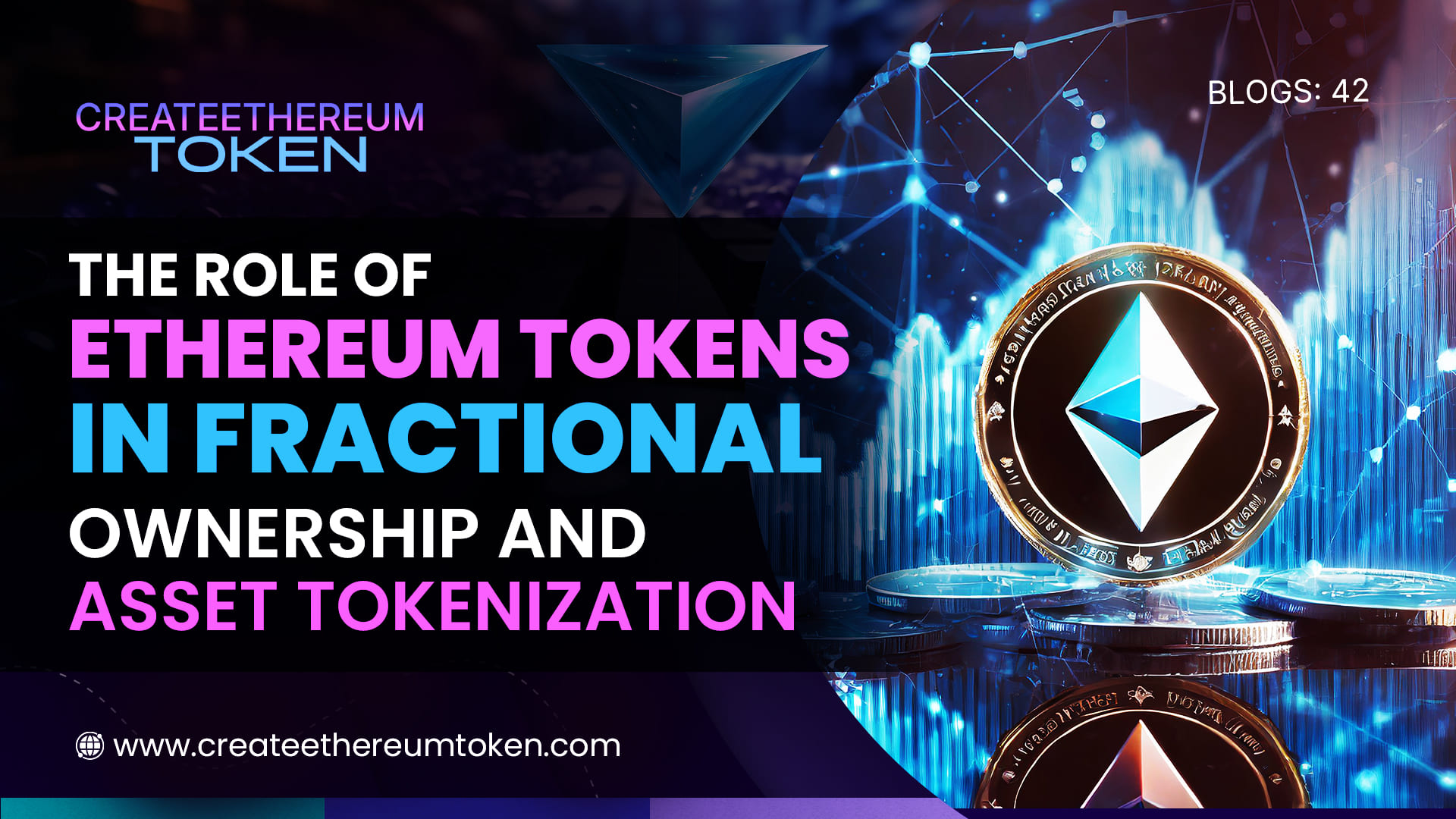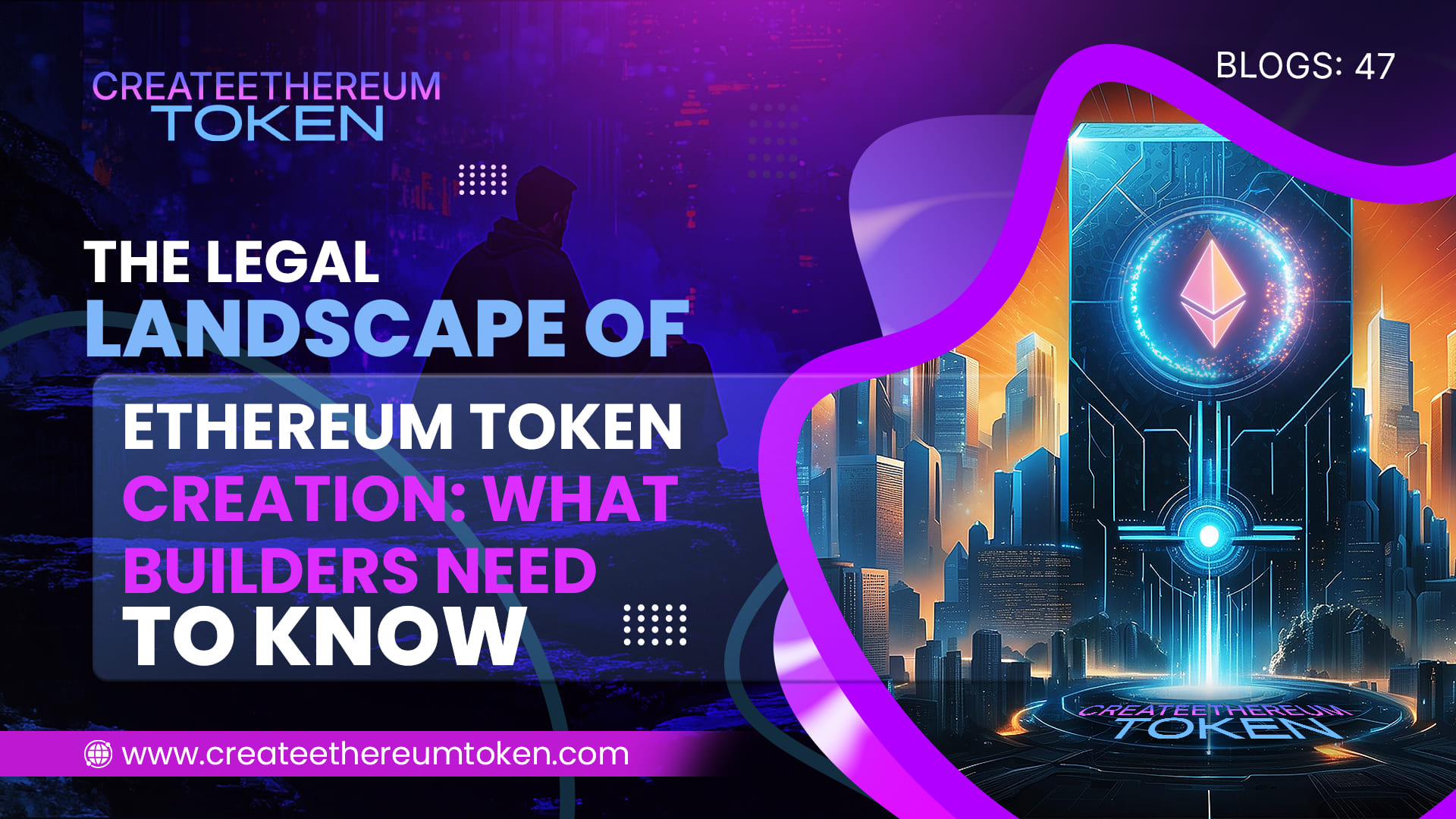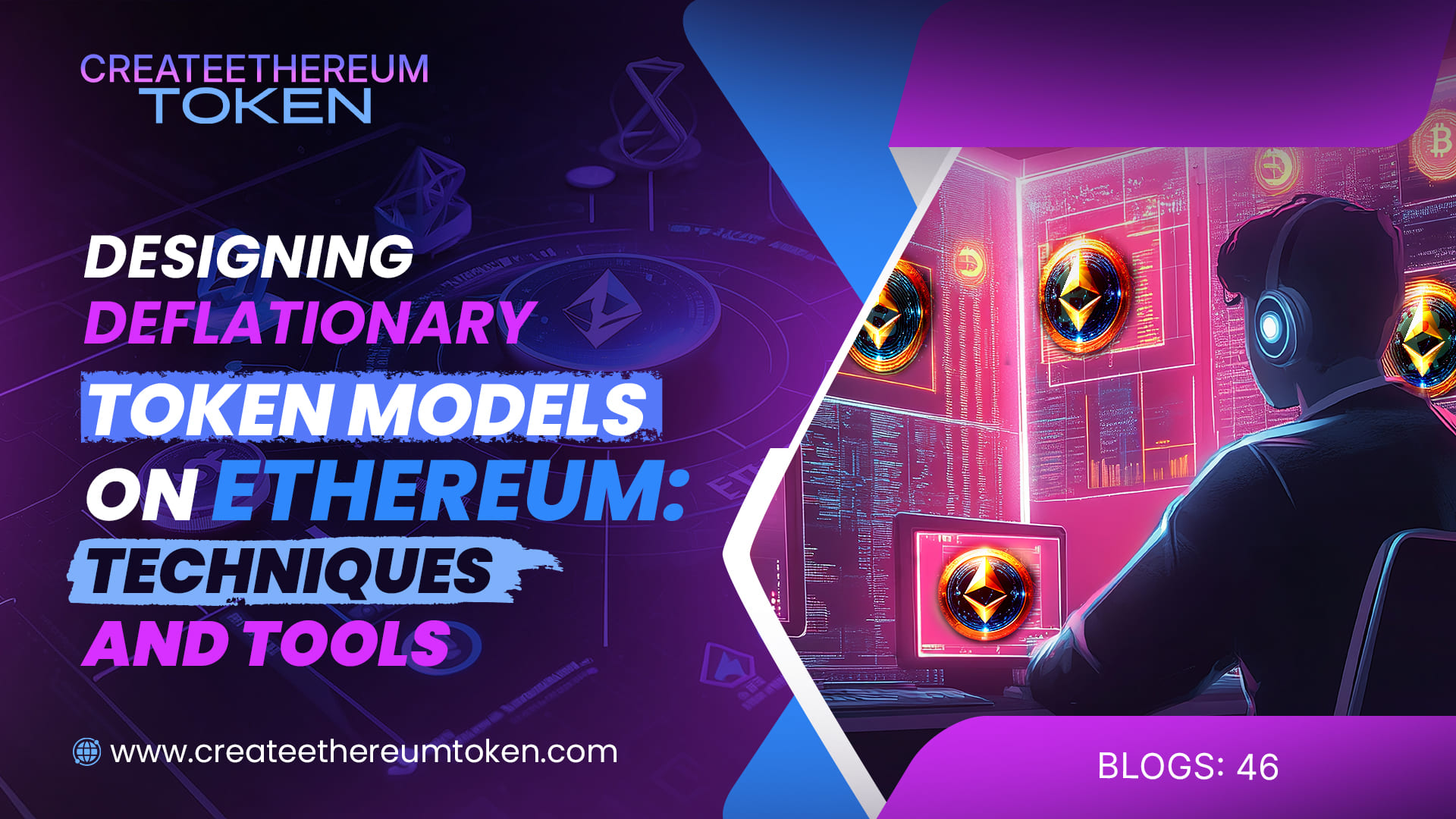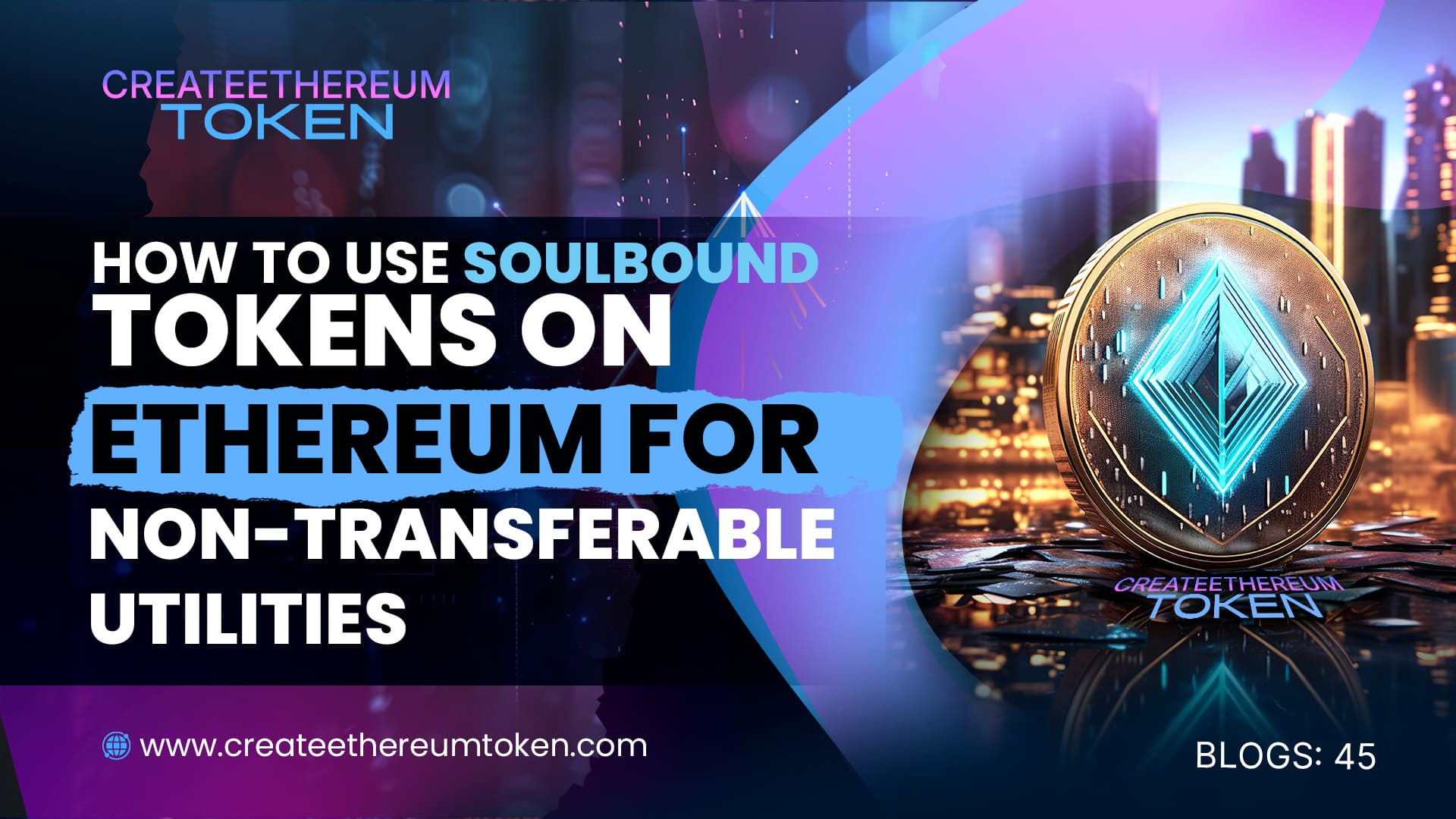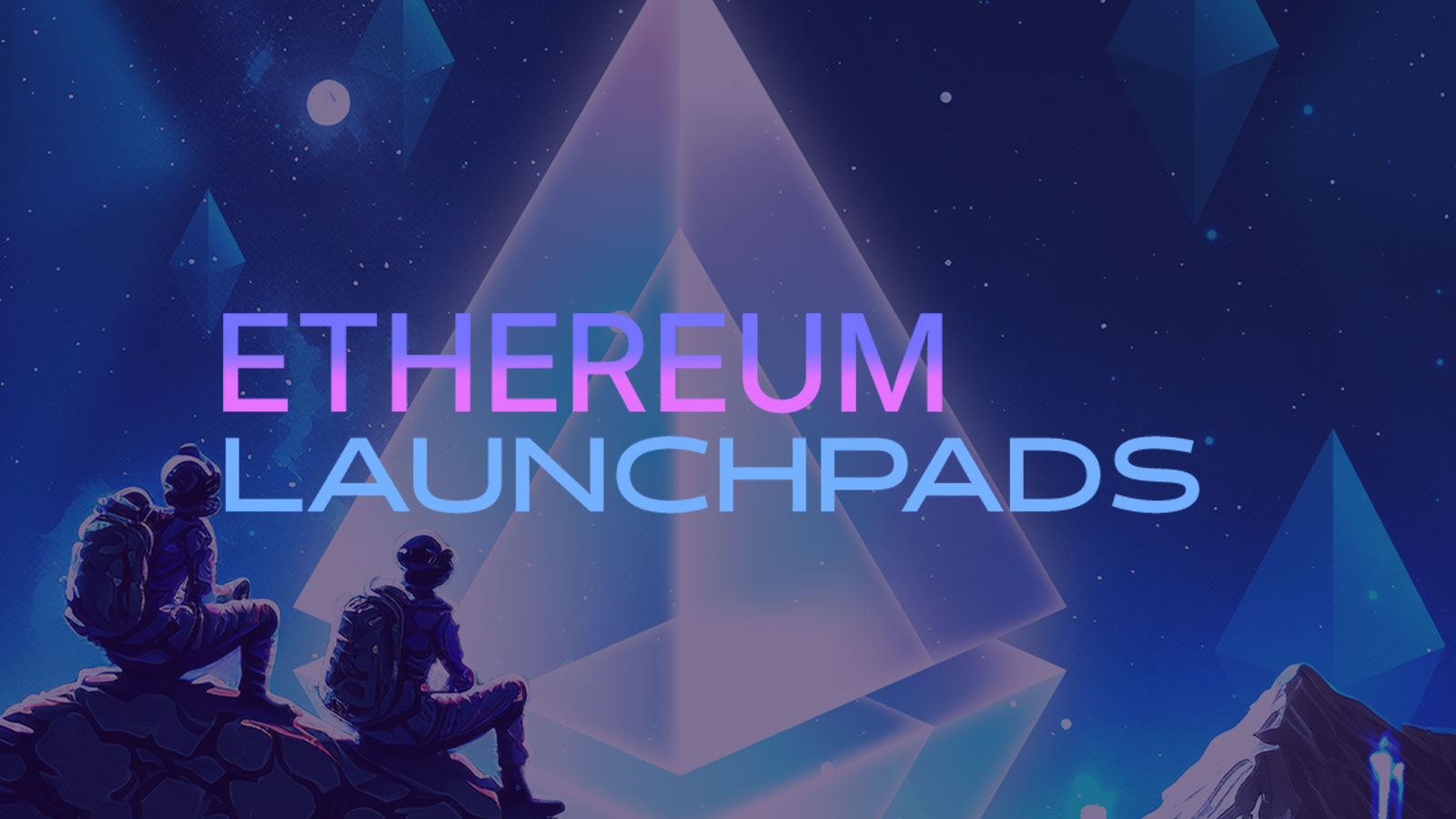May 7, 2025
The Role of Ethereum Tokens in Fractional Ownership and Asset Tokenization
Blockchain technology is reshaping how we think about ownership—and Ethereum tokens are leading the way. By enabling fractional ownership and asset tokenization, Ethereum allows real-world and digital assets to be divided, represented, and traded as on-chain tokens. This opens up investment opportunities to a broader audience and creates new liquidity markets across industries.
What Is Fractional Ownership?
Fractional ownership refers to dividing an asset into smaller pieces so multiple people can own portions of it. Traditionally applied to real estate, art, and collectibles, blockchain now makes this model programmable, transparent, and global through tokenization.
How Ethereum Enables Asset Tokenization
- ERC-20 Tokens: Represent fractional ownership of fungible assets like revenue streams, equity, or pooled investments.
- ERC-721 & ERC-1155 NFTs: Represent unique assets (e.g., a property, artwork, or intellectual property), which can be fractionalized via wrapped tokens or DAO structures.
- Smart Contracts: Automate rules for transfers, revenue sharing, and governance among fractional owners.
Benefits of Fractional Tokenization on Ethereum
- Increased Accessibility: Investors can buy a fraction of a high-value asset (e.g., real estate) with a small amount of capital.
- Global Liquidity: Tokenized assets can be traded 24/7 across DeFi platforms and secondary markets.
- Transparency & Security: All transactions and ownership records are publicly verifiable on-chain.
- Programmable Utility: Owners can vote, receive payouts, or trigger actions based on token holdings.
Real-World Use Cases
- Real Estate Tokens: Investors can own 1% of a property and earn rental income.
- Tokenized Art & Collectibles: High-value pieces are split into shares and sold via NFTs.
- Revenue-Sharing Tokens: Artists or startups tokenize future earnings and offer them to supporters.
Conclusion
Ethereum tokens are revolutionizing ownership by breaking down barriers to entry and enabling fractional participation in high-value assets. As tokenization grows, Ethereum’s infrastructure, standards, and liquidity will continue to make it the backbone of this new, inclusive financial era.
